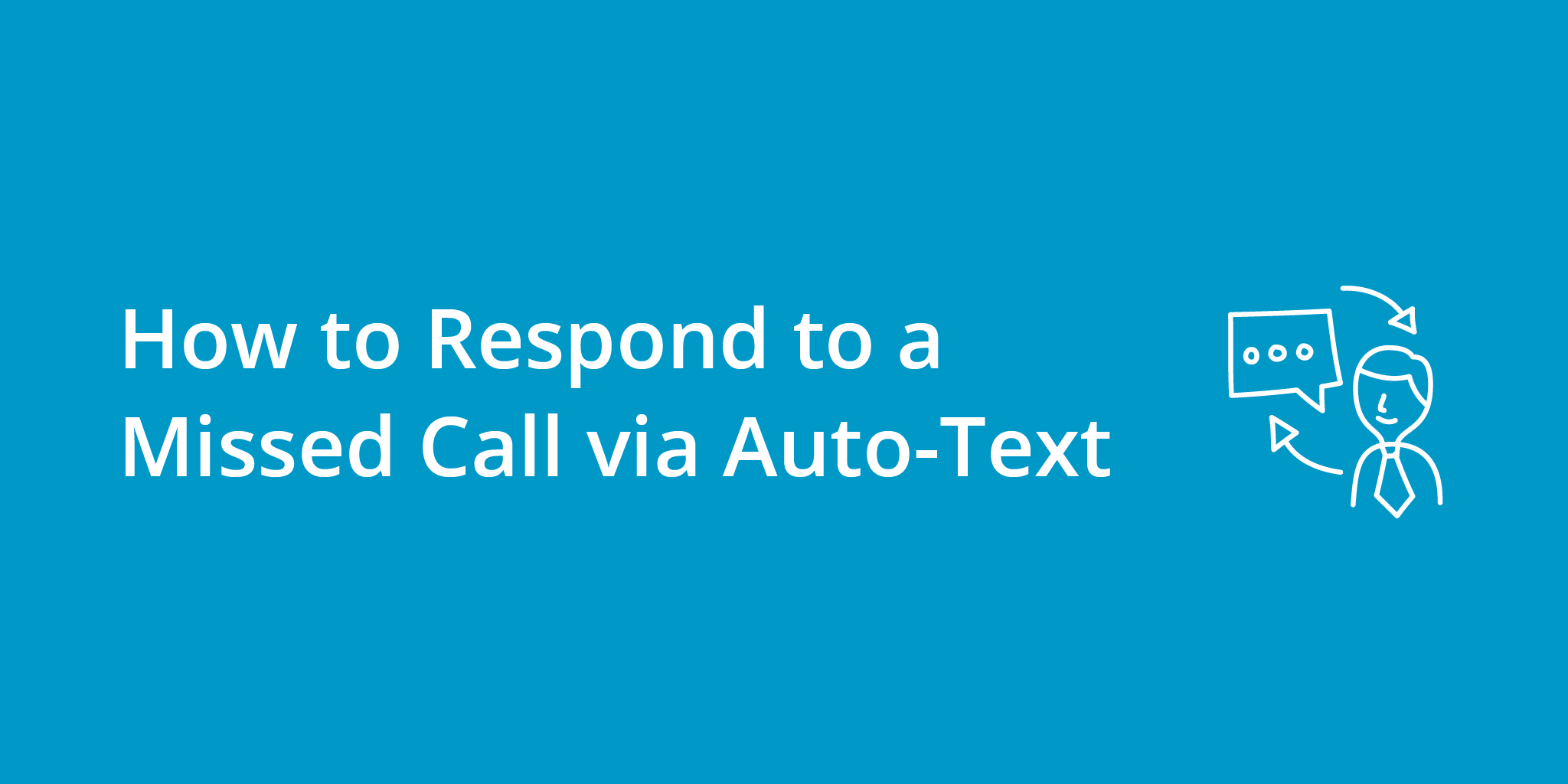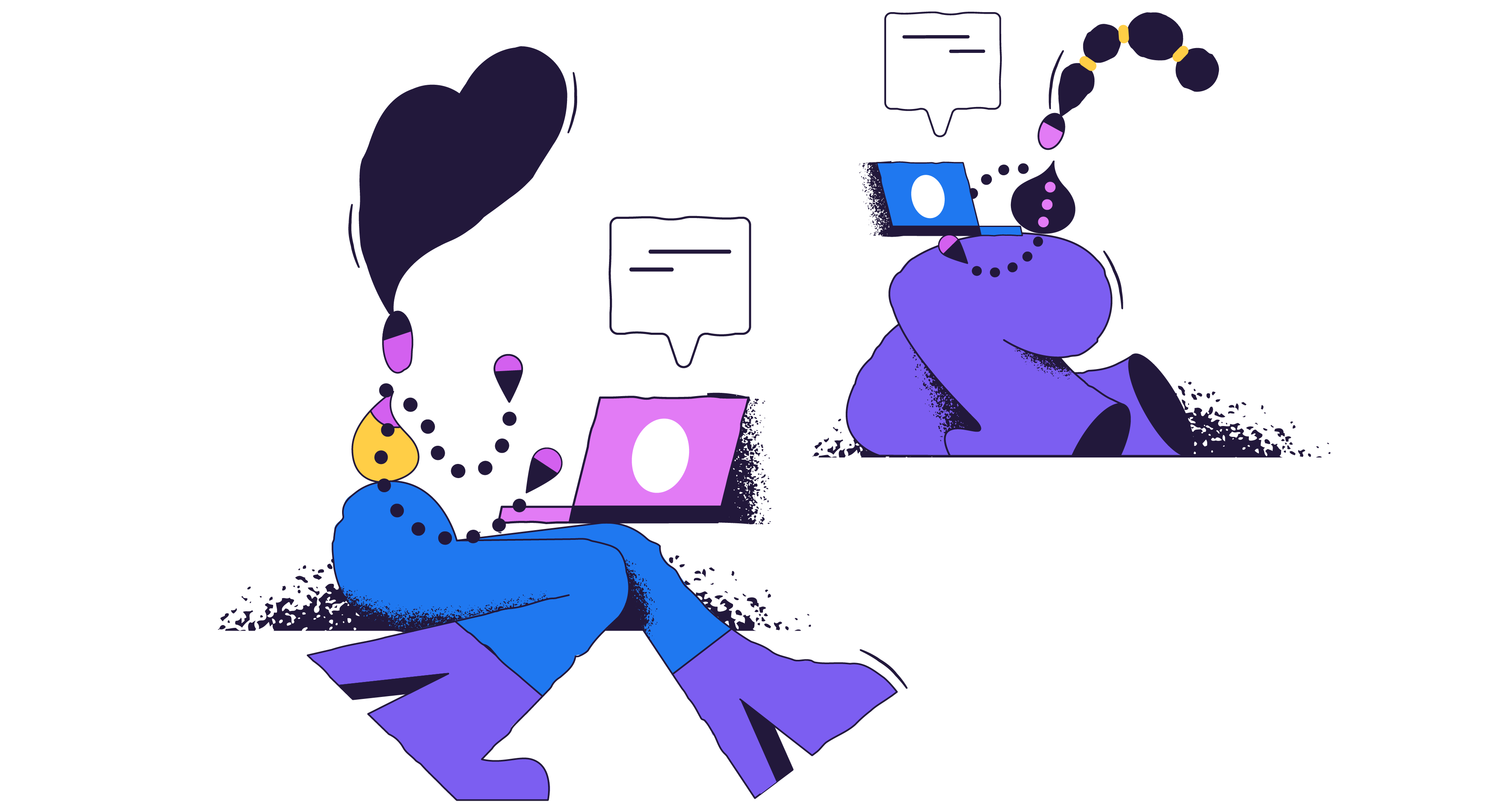
In today’s fast-paced business environment, it’s crucial to ensure that no customer or lead is left hanging when they try to reach out. If you aren’t able to answer the phone, chances are customers will move on to another business. Therefore, knowing how to respond to a missed call by text is essential.
Missed calls can be a significant problem, potentially leading to frustrated customers and missed opportunities. In this article, we will explore how to respond to a missed call by text, using Kixie PowerCall and HubSpot, a powerful customer relationship management (CRM) platform.
By implementing the strategies discussed in this article on how to respond to a missed call by text, you can reduce missed calls, automate follow-up processes, and ensure that no customer falls through the cracks. Let’s dive in and discover how to optimize your HubSpot workflow to handle missed calls effectively.

Step 1: Consider Inbound Call Queues
One of the first solutions to consider when dealing with missed calls is Kixie’s inbound call queue feature. This feature allows you to place callers on hold until an agent is available or offer them an automatic callback option. By doing so, you can minimize the number of missed calls and provide a better customer experience.
Additionally, the inbound call queue feature gives you the opportunity to provide alternative ways for customers to reach out, such as through email or your website. This ensures that even if a call is missed, customers can still connect with your business and get the assistance they need.
Step 2: Setting up Automation for Follow-up to Missed Calls
While the inbound call queue feature helps reduce missed calls, there may still be instances where calls are missed. In such cases, automation can be a valuable tool for sending a “Sorry I missed your call” text message. Plus, if you’re unsure about how to respond to a missed call by text, you can mention that you sent a text message to follow-up.
By automating outreach, you can ensure that customers are promptly informed about what’s going on. Whether it’s a missed call or a delay in response, automation allows you to send personalized messages that address the specific situation and reassure customers that their concerns are being addressed.
Step 3: Triggering a Missed Call Auto-Text and Follow-up Task
In the video, we demonstrate how to leave a message for a missed call. Essentially, you can trigger a missed call auto-text and follow-up task through a HubSpot workflow. By setting the trigger to detect call notes containing the word “Missed:” with a colon mark at the end, you can automatically initiate the follow-up process when a call is missed.
Using a contact-based workflow, you can ensure that the right actions are taken for each individual customer or lead. This level of personalization helps to build trust and shows customers that their needs are a priority.
Step 4: Sending Auto-Text Messages for Missed Calls
Once the missed call is detected, the first action step is to send an auto-text message to the caller. This message should apologize for the missed call and inform the caller that a callback will be made shortly. Customizing the text message with contact information properties (such as their name or company), adds a personal touch and makes the message more relevant to the individual.
In HubSpot, you have the option to choose the sender of the auto-text message. You can either select the default owner or assign a custom owner. This flexibility allows you to align the message with your business’s communication style and ensure that it comes from the most appropriate source.
Step 5: Creating a Follow-up Task
In addition to sending an auto-text message, it’s essential to create a follow-up task to ensure that the missed call is not forgotten. This task serves as a reminder for someone in your team to reach out to the contact and address their needs.
When creating the follow-up task, you have the option to assign it to a specific representative or someone else who can handle the situation effectively. Alternatively, you can choose to create a ticket instead of a task, depending on your business’s workflow and preferences.
Prevent Missed Calls from Falling Through the Cracks
By implementing the strategies discussed in this article, you can significantly reduce the chances of missed calls falling through the cracks. You’ll have an automated response to a missed call, and a task reminding you to follow-up with that contact. The combination of the inbound call queue feature, automation for follow-up, and the creation of follow-up tasks ensures that every customer inquiry is addressed promptly – even if you receive a call after hours while you are closed for business.
Furthermore, this setup helps keep customers informed about the next steps, providing them with peace of mind and confidence in your business’s ability to handle their needs. By leveraging the power of Kixie and HubSpot and their automation capabilities, you can streamline your customer communication processes and deliver exceptional service.
If you have any questions about setting up these features in Kixie and HubSpot, or need assistance with any other aspect of your sales outreach strategy, our team is here to help. Stay tuned for more use cases and tips on how to make the most of your sales tech stack.
You might also be interested in...

Read More
What is Revenue Operations?





